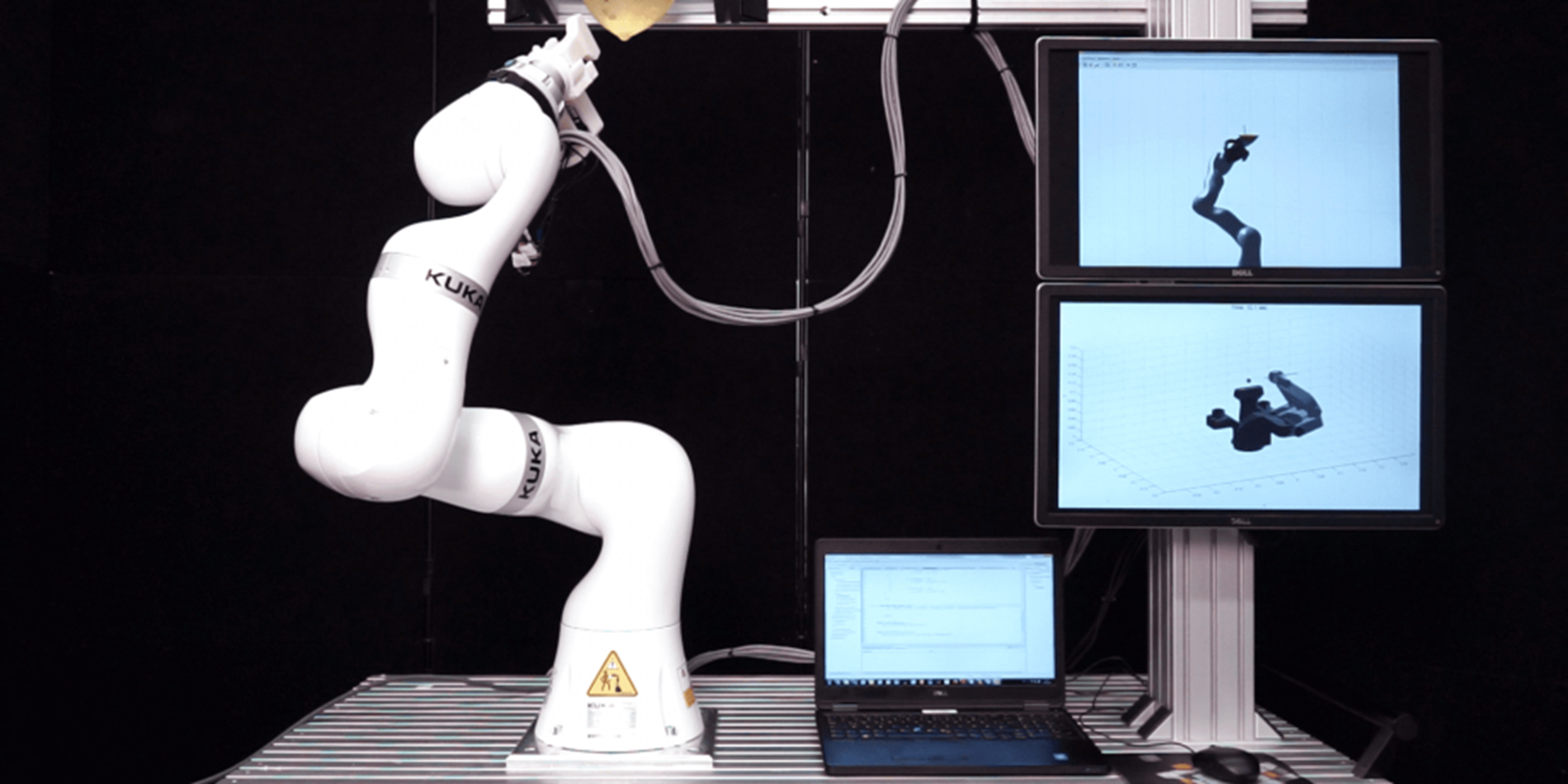Current methods of breast cancer biopsy
Up to now, the affected tissue is found and targeted for removal using imaging techniques. 50 percent of the tissue nodes cannot be made visible with standard ultrasound equipment. In such cases, radiologists must resort to magnetic resonance imaging. The method has outstanding image quality for detecting poorly visible nodes. However, no needle can be inserted during the tomography.
New diagnostic procedure for breast cancer patients
Scientists from the Netherlands, Italy, Germany and Austria want to make diagnostics faster and more precise and are conducting joint research in the EU-funded MURAB project. “The MURAB project has the ambition to drastically improve the precision and effectiveness of biopsy collection for cancer-diagnostic surgery”, the website states.
In the research project, the KUKA robot LBR Med combines the high precision of MRI scanning with the practicality of ultrasound. Magnetic resonance imaging is used first of all to locate the areas that need to be treated with a biopsy. The robot arm of the LBR Med is then equipped with an intelligent ultrasound system.
By autonomous scanning, the robot creates an ultrasound image and stores its position data. The ultrasound measurements and the MRT data are superimposed on each other. This enables the robot arm to find the target area and direct the biopsy needle to the desired location. While the robot holds the correct position, the radiologist inserts the needle manually and takes tissue samples.
Further possible applications?
With conventional screening techniques, breast cancer patients are falsely diagnosed as healthy in 10-20 percent of cases. The new MURAB technology combines the sensitivity of MRI and the speed of ultrasound, allowing earlier and more accurate diagnosis of challenging nodules. Ultimately, the technology could be used to diagnose other diseases.












